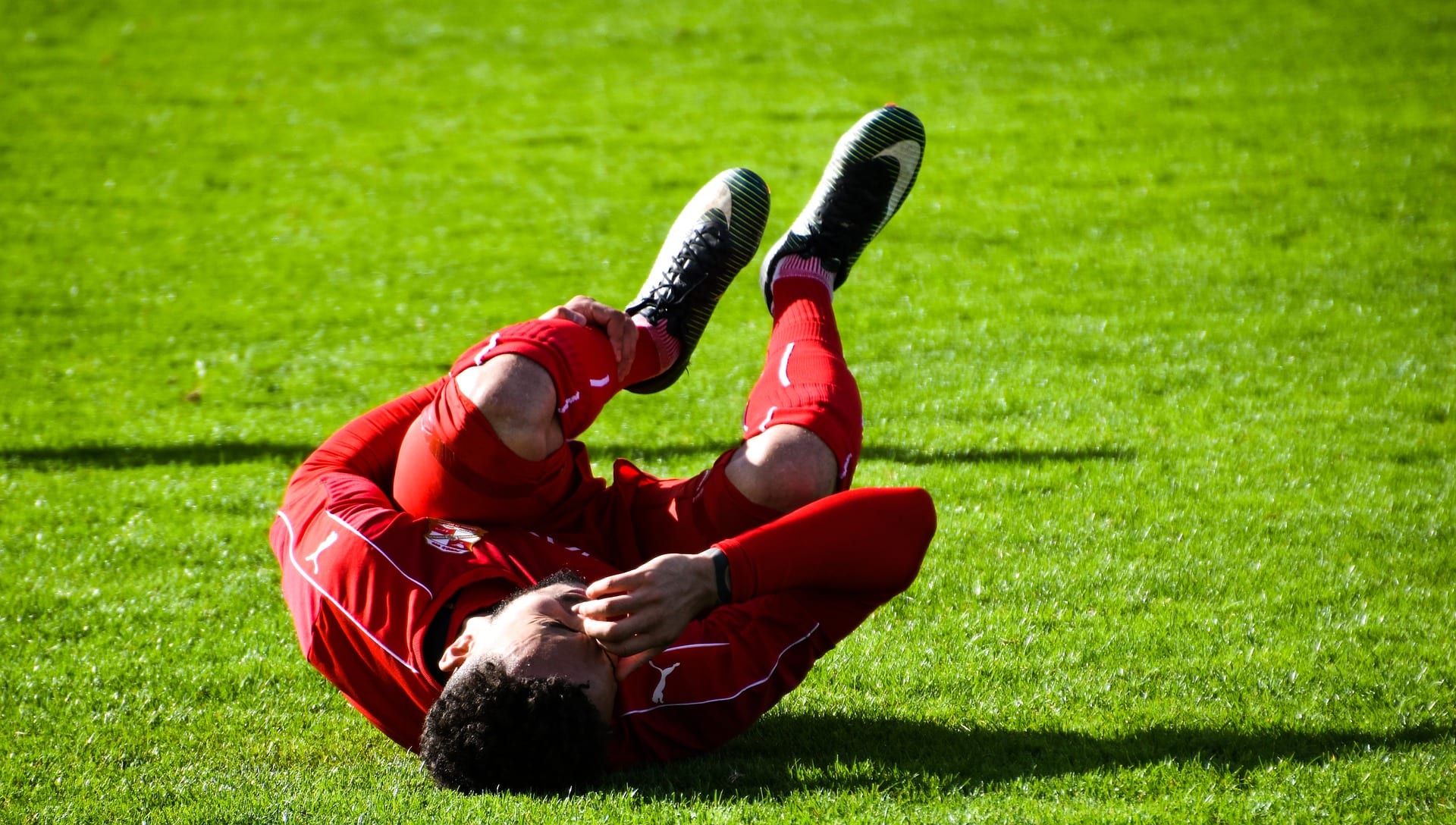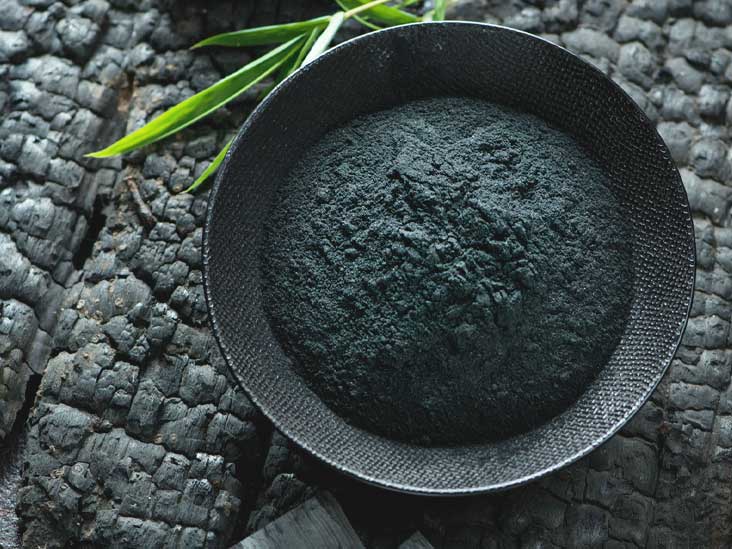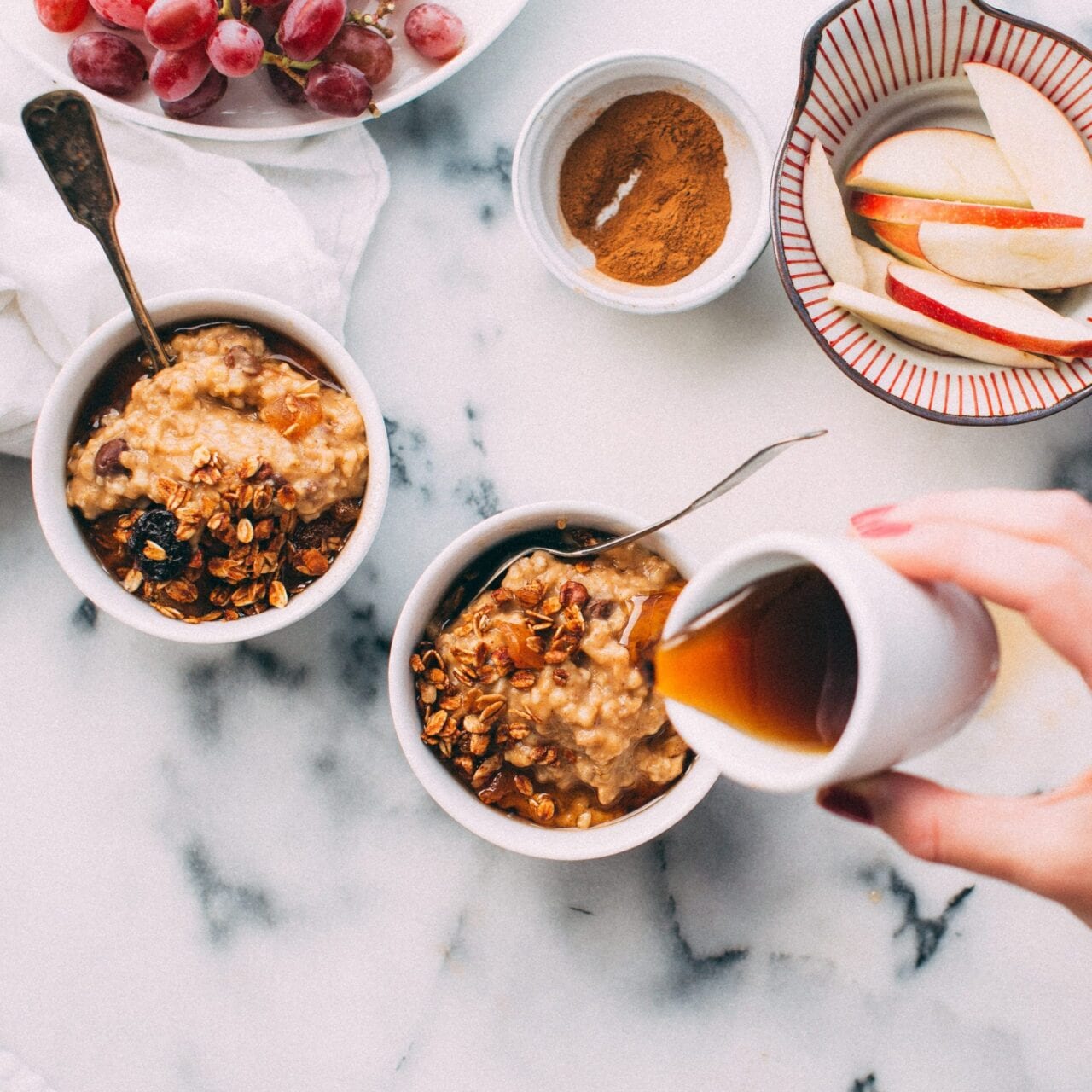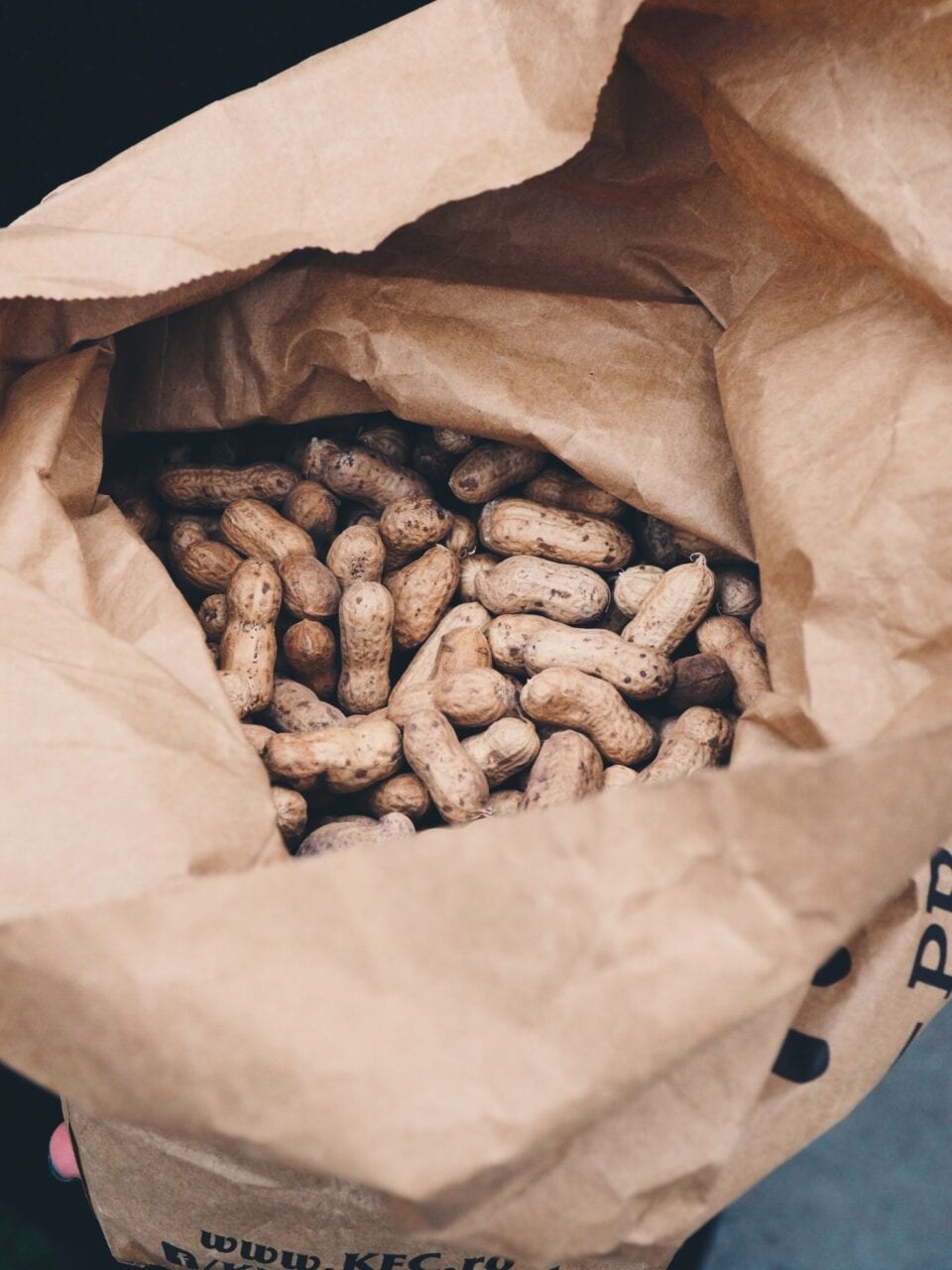

Nothing evokes conversation, opinions and remedies like muscle cramps. Most of us have had the ‘pleasure’ of feeling one of these in training or competition – or even just while resting quietly. In a flash, your competition goals can dissipate and you are left looking for answers and prevention to avoid the pain next time.
Before we look at the evidence for nutrition in treating or preventing muscle cramps, we first need to understand that there are thought to be two types:
- Cramping of individual muscle groups – these are pretty abrupt and are generally felt in isolated muscles only, like the quads or calves
- Whole body cramping – fortunately, this is relatively uncommon
When athletes talk of muscle cramps, they are usually referring to the individual muscle cramps that appear towards the end of competition or just after finishing. These are referred to as Exercise Associated Muscle Cramps (EAMC).
Considering a whopping 50% of athletes on average have experienced them, it is amazing that we still know so little about EAMCs. Several theories have been put forward to explain the potential causes of EAMCs, but the research is most certainly still not conclusive. Since it’s almost impossible to predict when a muscle cramp is about to take place, we can neither simulate one nor measure what’s causing them. What we do know is that EAMCs are multi-factorial, and that fatigue is likely the driving factor.
There is now increasing evidence to show EAMCs may be due to neuromuscular fatigue. This suggests that the two biggest risk factors for cramping are duration and intensity, which are directly linked to load.
In fact, a study performed with Ironman athletes showed that the distinct risk factors for cramping were:
- Racing at a higher intensity or for a longer duration compared to what you normally train at;
- Being too aggressive with pacing; or
- Doing an exercise discipline you are not trained for – think of a cyclist doing an Ironman without adequate swim/run training.
Pickle Juice Cure?
A study published in 2010 followed up on anecdotal evidence that drinking pickle juice helped treat cramps. What they found was that ingesting pickle juice right at the onset of a cramp, resolved the cramp 45% faster than just having water. This improvement could not be attributed to changes in hydration, electrolytes or increased thirst; instead, it looks like it was effective due to the neural reflex triggered by the main ingredient in pickle juice – vinegar (or acetic acid)!
The shock in the mouth from ingesting this ‘delicious’ fluid then affects the nerves that send signals from the brain to the muscles. A strong stimulation to the nervous system can reduce the activity of other parts of the nervous system, so it is suggested that stimulating the mouth receptors relaxes the nerves that control muscle fibres – hence putting an end to the cramp. Evidence shows that a single dose of 1ml/kg of body weight is typically enough to stop the cramp dead in its tracks.
There are now some shiny new products, of course, making the most of these findings. Partly due to the hype, there has been a little misunderstanding when it comes to pickle juice. Pickle juice isn’t shown to prevent a cramp. It should only be taken to treat the cramp upon it’s onset. The excessive neural excitation of the muscle cannot be dampened prior to the occurrence of the cramp; it can only be mitigated once it has occurred, and should be followed by an aggressive rehydration and refuelling process.
Bear in mind that the supplements that currently exist on the market may not be any more effective than the good old original pickle juice (from the jar!) or another homemade concoction. Now.. what to do with all those leftover pickles?!
Other Nutritional Remedies
Fuelling: prioritise adequate intake of carbohydrate in the days leading into and during your event. This may reduce your risk of cramping, and is at least known to help prevent premature muscle fatigue.
Electrolytes: this is only based on anecdotal evidence at the moment. However, supplementing with additional salt, both pre and during your competition may prevent the onset of cramps. This can also involve including higher salt foods in the lead up to the event and using sports/electrolyte drinks to maintain an adequate hydration level. Magnesium can also be added to this category with clear anecdotal evidence backing its use. For a full breakdown, follow this link.
Hyperhydration: as the name implies, hyperhydration involves hydrating above what the body typically stores, and can be really beneficial in hot or humid conditions where dehydration is inevitable. There are 3 proven methods to hyperhydrate:
- High doses of sodium to draw more fluid into the tissue.
- Glycerol – for more information on this supplement, read our full breakdown here
- Prepd – a specialised drink that makes use of resistant starch to increase fluid absorption in the gut.
Other supplements in the works: a wide array of supplements are being tested as we speak. Quinine, a range of spices and even mustard, all fall into the ‘potential’ category – but only time (and further research) will tell. So far in terms of treatment, everything points back to short-circuiting/shocking/distracting an overly stimulated muscle!
Minimising Your Risk of EAMC
As mentioned above, fatigue is the biggest risk factor when it comes to EAMCs. In these cases nutrition can only take you so far, so there is mounting evidence that other evidence may be just as beneficial in minimising the risk. These include:
- Ensuring that some of your training sessions leading into an important event match the intensity of competition (race/game day simulation);
- Putting in sessions that are similar in length to your planned event;
- Introducing different training modalities within the same session to ensure you can perform with fatigued muscles (e.g. resistance training followed metabolic work);
- Strengthening and conditioning the muscles prone to cramping to improve resilience, biomechanics and muscle utilisation. This also includes adequate mobility, stretching, foam rolling/massage and plyometric training;
- Acclimatising to the conditions in which the event will take place, as hot/humid or cold environments lead to an increased risk; and
- The gear – if your muscles are working in a shortened position, your risk of cramping is increased. Make sure the equipment you train in is the same as what you’ll be competing in. This is true for shoes/boots, clothing and bike set-ups etc.
A note on whole body cramps:
Whole body cramps should be approached differently to EAMCs. This type of cramp is theorised to be related to electrolyte/hydration disturbances in the athlete. In which case, consuming adequate sodium and fluids in the lead up to an event as well as consuming carbohydrate and electrolyte supplements during, will be beneficial both for prevention and treatment. These can be particularly painful and traumatic to the athlete, so ensuring adequate nutrition in the lead up to an event for all competitors should be a priority.

So, it appears I have just written an article that didn’t have much to do with nutrition after all!
Although hydration and electrolyte shifts are no longer thought to be the main contributor to EAMCs, it is still a significant component in maximising performance. Optimising hydration and carbohydrate intake prior to and during an event helps to keep muscle fatigue at bay and allows you to better maintain your core body temperature. This reduced stress on the body then improves exercise capacity (performance), and reduces the risk of muscle fatigue – and hence cramping risk.
Although science is yet to answer all the questions we have around cramps, the message is becoming clearer – well-trained, fuelled and hydrated athletes are at the least risk of cramping come event day.


